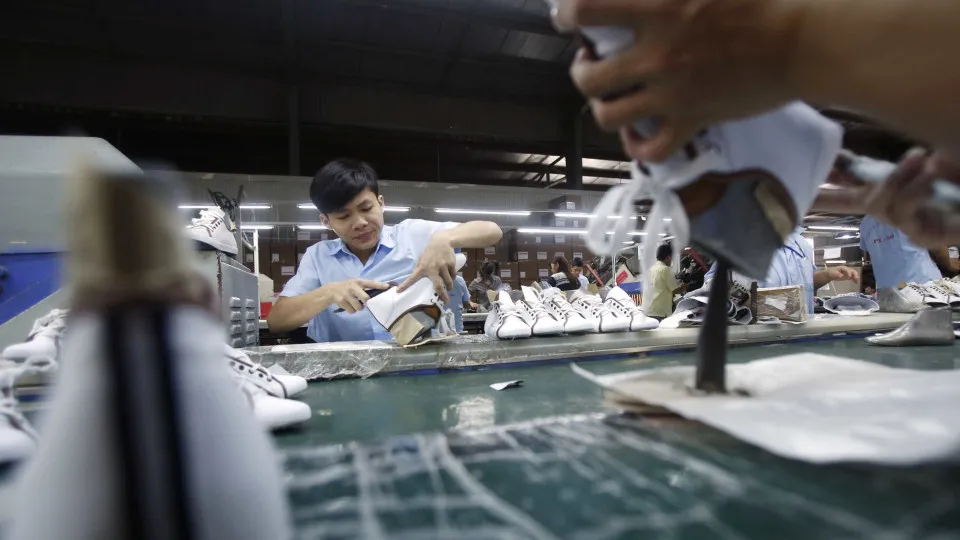
This indicator, developed by the risk analysis agency Standard & Poor’s (S&P), serves as a reference for many international investors analyzing the Chinese manufacturing sector. It slowed from 51.2 points in September to 50.6 in the month that just ended.
In the PMI measurement, a mark above 50 points signifies an expansion of activity in the sector compared to the previous month, while below that indicates a contraction.
The figure also falls short of the analysts’ expectations, who predicted a slowdown in growth but expected a less pronounced decrease to around 50.9 units.
S&P’s reading is more positive than the official data released last Friday by China’s National Bureau of Statistics (NBS), which pointed to a seventh consecutive month of contraction in industrial activity, placing the PMI at 49 points.
The founder of RatingDog, Yao Yu, explained that both demand and supply slowed in October, with the trade war with the United States being a major contributing factor in both cases.
“On the demand side, greater trade uncertainty in October led to a sharp drop in new export orders (…). Market fears regarding weakening exports persisted. On the supply side, external environmental uncertainty also hampered production growth,” he stated.
Yao clarified that all sub-indices measuring productive activity continue to show positive results. The employment index, which tracks labor market developments in the Chinese manufacturing sector, recorded its highest level since August 2023 in March.
In light of the current situation, the Chinese government believes the recently approved new five-year plan (2026-2030) by the Chinese Communist Party “may offer some support in the future” to the PMI, thanks to promised measures concerning economic stabilization and boosting domestic demand.




